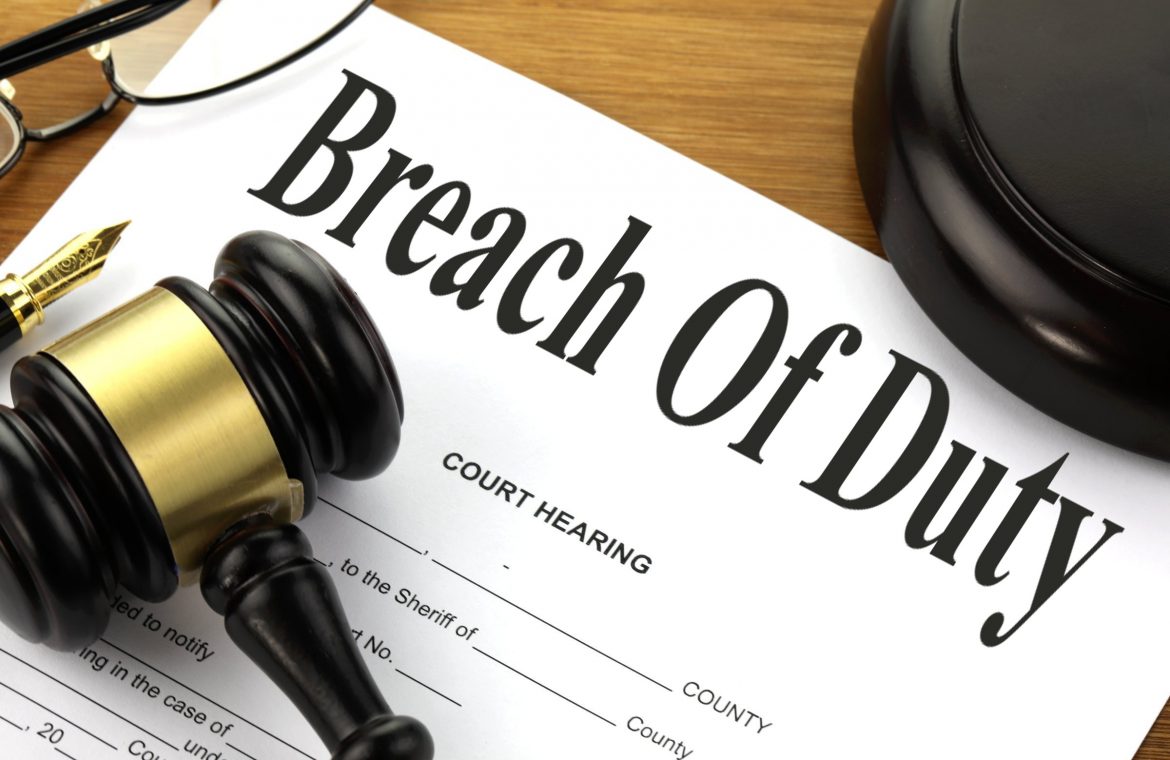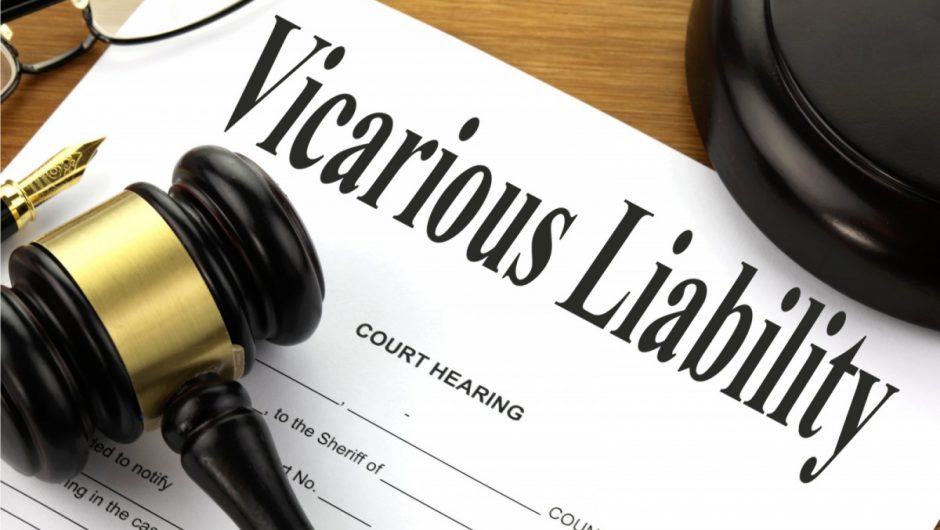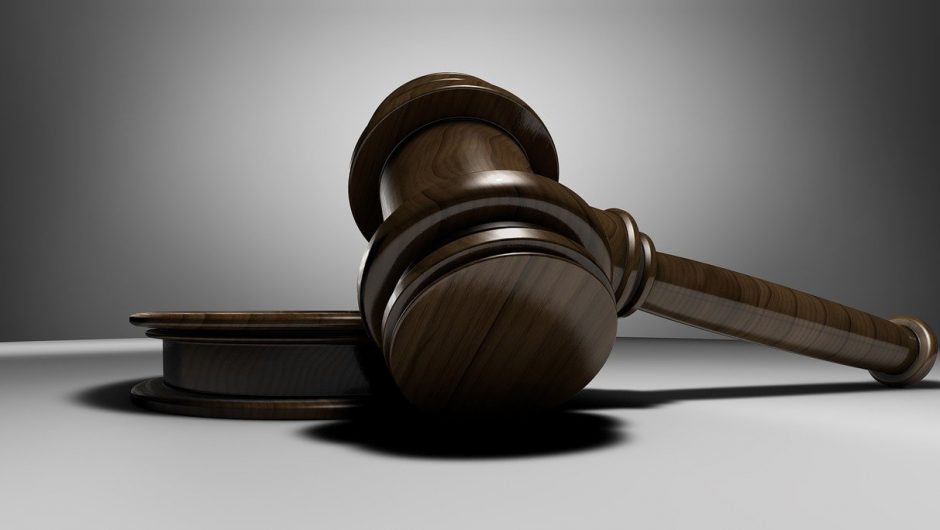Breach of Duty and three aspects of negligence are taught in law school in addition to breach of duty: duty, damages, and causation.
In general, you can file a negligence claim if the defendant owed you a duty of care, the defendant breached that duty of care, you were injured, and the defendant’s actions were the proximate cause of the harm, but let’s look into each element individually, as they are all just as important.
Breach of Duty & Duty
These are two elements of negligence.
The first two parts of a negligence lawsuit are inextricably linked since, in order to breach a duty, you must first have one.
Responsibility is the legal requirement to confirm your actions to a certain standard of care in the case of carelessness.
Whether or not there is such an obligation depends on various factors, but it usually arises when the defendant and plaintiff have a particular relationship.
This can be a doctor-patient relationship, a landowner-visitor relationship, or someone who has custody of another.
Once that responsibility has been established, the question of “did the defendant breach the obligation due to the plaintiff—in other words, did the defendant fail to exercise the level of care required of them?” must be answered.
The level of care required is also determined by the nature of the relationship between the parties involved.
The “reasonable person” criterion is applied to most ordinary people, and it asks what a reasonable person would do under similar circumstances.
There are a few exceptions to this rule.
Children, for example, are still growing and evolving, therefore employing a “reasonable person” (typically an adult) to analyze their behavior may not be realistic.
Doctors and other medical professionals, on the other hand, are held to a higher standard.
It is more prudent to compare a doctor to other experts with similar expertise than comparing them to the average reasonable person.
Damages or Harm
After breach of duty, the plaintiff’s injury is a key aspect of negligence.
This aspect is named “damages” because it requires the court to be able to recompense the plaintiff for their harms, despite the name being a little ambiguous.
The plaintiff cannot sue for carelessness if they did not suffer any injury.
In a negligence case, damages might vary based on the facts, but they can include past and future medical bills, as well as compensation for mental distress.
Actual Causation
After breach of duty and damages are considered, the jury will assess actual causation after a judge determines proximate causation.
Actual causation is straightforward: did the defendant’s actions significantly contribute to or cause the defendant’s injuries?
In many circumstances, the solution is self-evident.
For example, if you were T-boned in an intersection by a speeding motorist and broke your shin bone when it slammed into the dashboard, then the driver’s reckless conduct clearly contributed to your broken bone.
However, there are several instances in which true causation is disputed.
For example, you might have had a pre-existing injury to your back when you fell while skiing.
After a car accident, you might claim that your back has been hurt in the crash, but the defendant could allege that you really hurt your back while skiing. A jury will need to decide whether the accident was the actual cause of the back injury.
Summary
As you can see, there are four main elements that come together to create a negligence case, and if you’re involved in your case, then these are the areas of concern you’re going to need to be thinking about in order to fight your side and get the best outcome possible.











